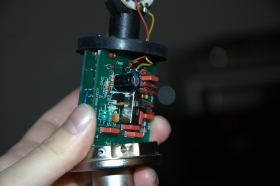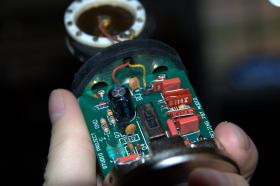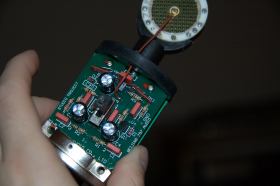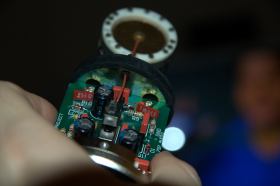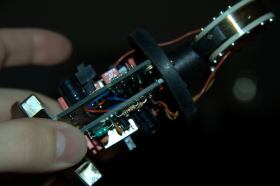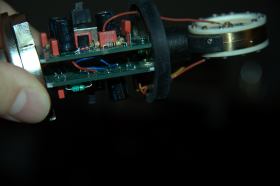I
IllinoisSinger
New member
Hi all - noob here, spent all morning reading posts & admin suggestions etc. I saw a post by "TimOBrien" that suggested a rookie like myself FIRST by "Home recording for Musicians", which I promptly ordered (by the way, is that the SAME Tim O Brien I saw with Sam Bush in Iowa City!?). I think I'd still like to throw this question out there for some qualified feedback.
I read enough of the other posts to know that "which mic is the best" is really a dumb question. So here's what I'm dealing with:
So here are the three microphones I am considering. While I understand that these mic's may not be the end-all and final solution for me, I DO need the best I can get within my budget until said budget decides to grow overnight. So if there are alternatives in my price range that I've not considered, please do tell. All the prices I list include shipping (so it's an out the door price for me):
I very much appreciate any help - thanks!
Martin
I read enough of the other posts to know that "which mic is the best" is really a dumb question. So here's what I'm dealing with:
- I'm dirt poor - so when I talk about an inexpensive mic, I MEAN inexpensive.
- However, I do need the best quality I can fit in my budget - under $100 (w/shipping)
- I'll be running CuBase SE until I get my feet really wet and feel the need to upgrade to SX - on an XP operated PC
- Predominantly what I'll be doing is laying down vocals for an already existing track (band sends me an mp3, I record the vocal, send them a WAV of my vocal track).
- I'm not a screamo/growler, but I AM a metal vocalist with a pretty powerful presence
- Alternatively, I will at times lay down a vocal that is on the ultra-soft side, which brings me to the second application:
- My wife plays flute and will like to record from time to time. That'll be the only instrument other than voice we will be using the mic for (as we're currently set up - the future is yet to be determined).
So here are the three microphones I am considering. While I understand that these mic's may not be the end-all and final solution for me, I DO need the best I can get within my budget until said budget decides to grow overnight. So if there are alternatives in my price range that I've not considered, please do tell. All the prices I list include shipping (so it's an out the door price for me):
- MXL2006 - the best deal i found comes with case, shock mount, pop filter & cable for $100
- GXL2400 - A CAD mic comes with shock mount, cable and stand for $100
- AT2020 - stand alone with no extras (except a case & stand adapter) for $60
I very much appreciate any help - thanks!
Martin



